In the pursuit of maximizing muscle growth and strength gains, various innovative techniques have emerged in the realm of weight training. Among these methodologies, occlusion training, also known as tourniquet training, has gained attention for its reported effects on muscle building. But what exactly is occlusion training, and is it suitable for everyone?
Understanding Occlusion Training:
Occlusion training is a unique form of weightlifting that involves using a tourniquet or specialized bands to partially restrict blood flow to muscles during resistance exercises. The underlying principle is to create a controlled hypoxic environment within the muscles, stimulating metabolic stress and promoting muscle hypertrophy.
Basis for Occlusion Training:
The rationale behind occlusion training lies in its ability to induce muscle growth despite using relatively lighter weights. By restricting blood flow while performing low-load resistance exercises, this method triggers a metabolic response that initiates muscle fiber activation and growth.
Mechanism of Action:
During occlusion training, the applied pressure restricts venous blood flow from the muscles while allowing arterial blood flow, creating a temporary pooling effect. This accumulation of metabolites, such as lactate, and the subsequent lack of oxygen prompts the body to adapt, stimulating muscle growth pathways.
Hormonal Response:
Moreover, occlusion training may lead to an increased release of growth hormone and other anabolic factors in the body, further contributing to muscle hypertrophy.
Suitability for Different Levels:
Beginners vs. Advanced:
Occlusion training has been traditionally considered more advanced due to its intricacies and potential risks. Beginners might benefit more from focusing on fundamental strength training techniques before incorporating occlusion methods.
Not Universally Applicable:
However, occlusion training isn't universally suitable for everyone. Individuals with certain health conditions or predispositions, such as high blood pressure, cardiovascular issues, or clotting disorders, should avoid this technique due to the increased risk of complications.
Potential Dangers:
While occlusion training holds promise for muscle growth, it's crucial to be aware of potential risks associated with this method.
Blood Flow Restriction:
Improperly applied pressure or leaving bands on for extended periods can lead to nerve damage, blood vessel injury, or restricted blood flow, potentially resulting in ischemia or tissue damage.
Discomfort and Pain:
The use of tourniquets or bands can cause discomfort or pain if applied incorrectly or if the pressure exceeds safe limits.
Health Risks:
Individuals with certain health conditions or those with a history of deep vein thrombosis should exercise caution and avoid occlusion training due to the increased risk of complications.
Balance Between Benefits and Risks:
The question remains: Does the upside of occlusion training outweigh the downside?
Potential Benefits:
- Efficiency: Occlusion training allows for muscle growth using lighter weights, reducing stress on joints and tendons.
- Hypertrophy: It can stimulate muscle growth through metabolic stress and hormonal responses, potentially leading to gains in muscle size and strength.
Weighing Against Risks:
- Potential Hazards: The risk of injury or adverse effects due to improper application of pressure or prolonged use.
- Not Universal Suitability: It's not suitable for everyone, especially individuals with certain health conditions.
Occlusion training stands as an intriguing method in the realm of weightlifting, offering the potential for enhanced muscle hypertrophy and strength gains. However, its implementation requires careful consideration and guidance to mitigate risks and ensure safety.
Before incorporating occlusion training into your workout routine, it's crucial to consult with a fitness professional or healthcare provider. Proper education, gradual progression, and close monitoring during training sessions are paramount to minimize risks and optimize potential benefits.
While occlusion training showcases promise in the realm of muscle building, the balance between its benefits and potential dangers emphasizes the need for informed decision-making and responsible implementation.
In the pursuit of fitness goals, exploring innovative training techniques can be exciting, but prioritizing safety and individual suitability remains paramount.


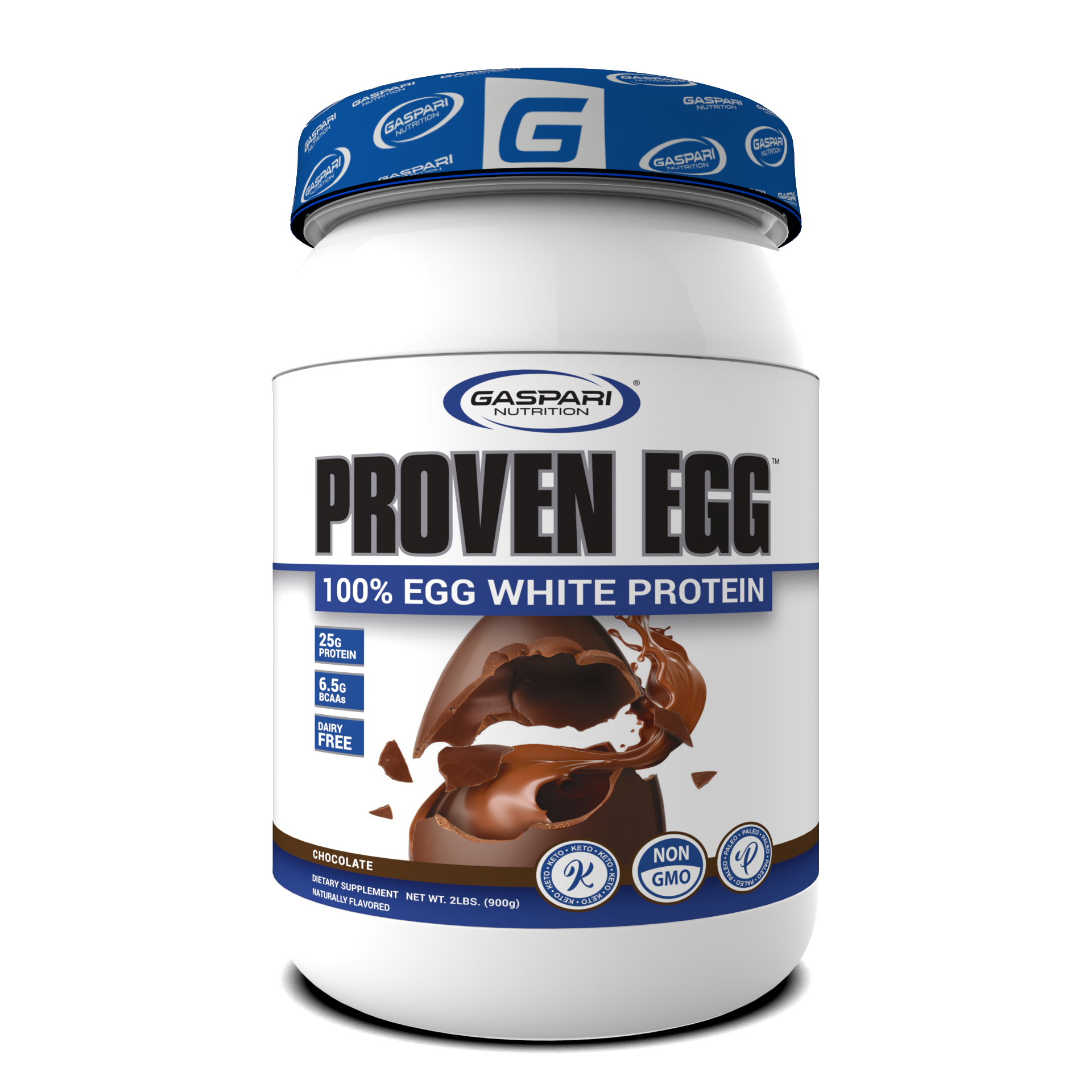




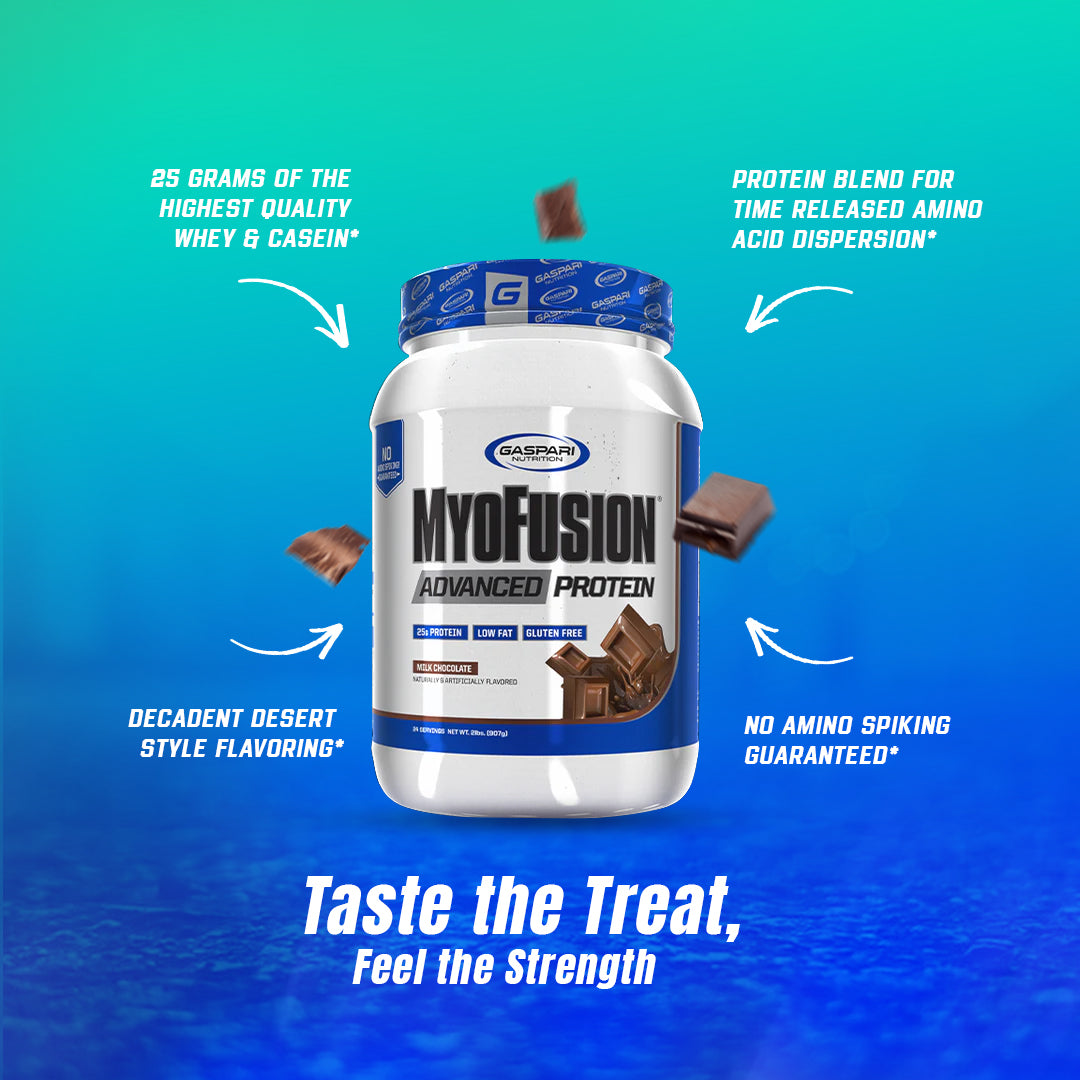







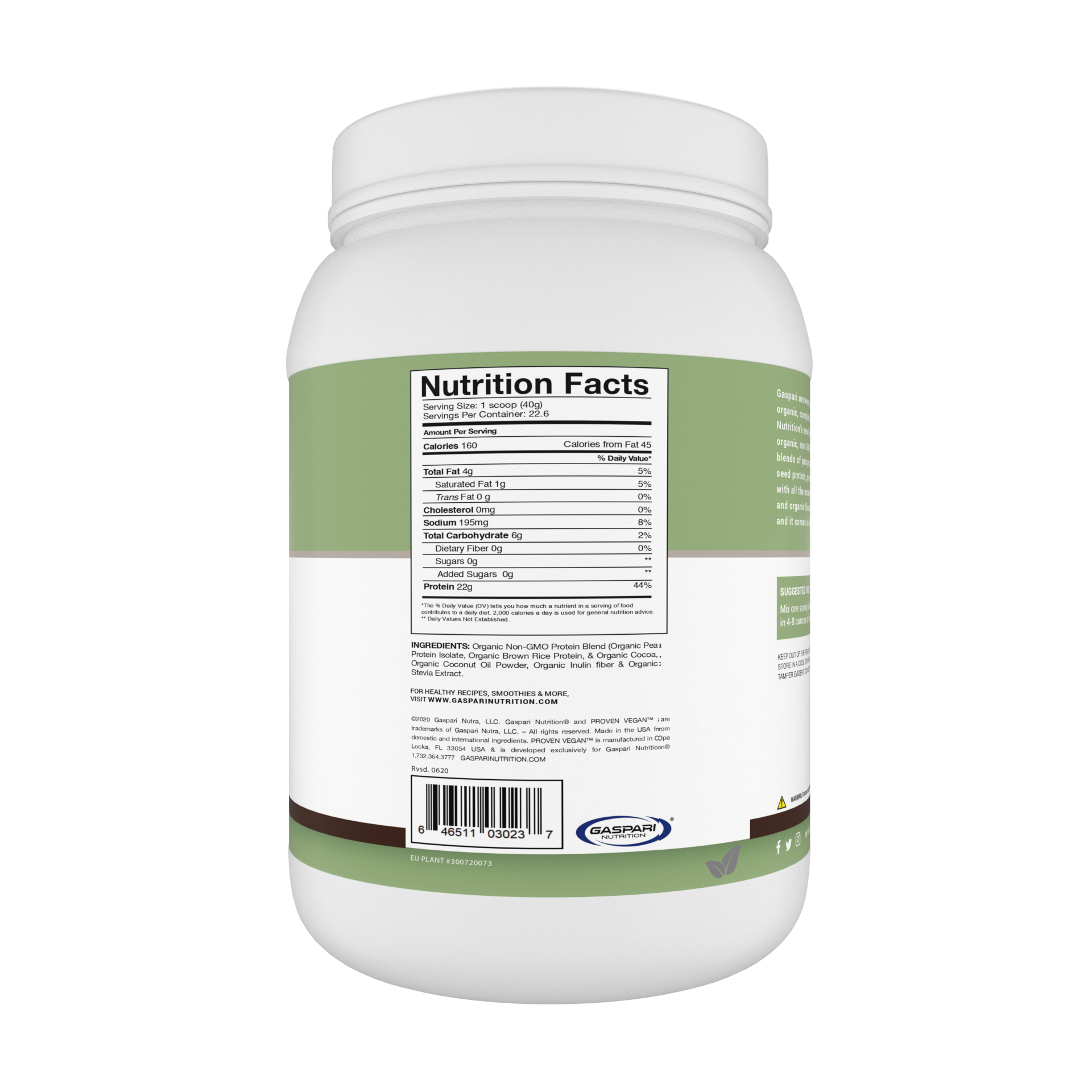


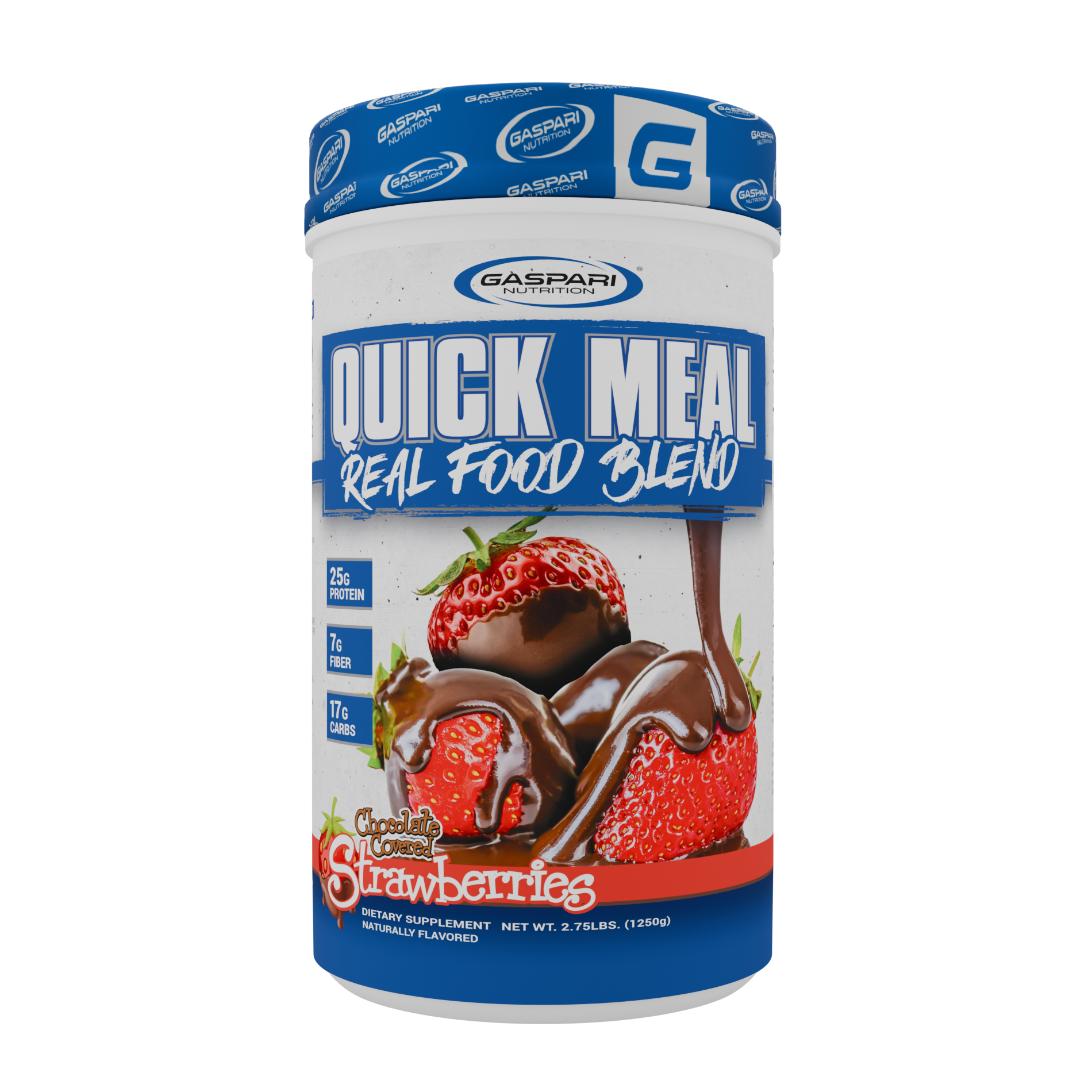


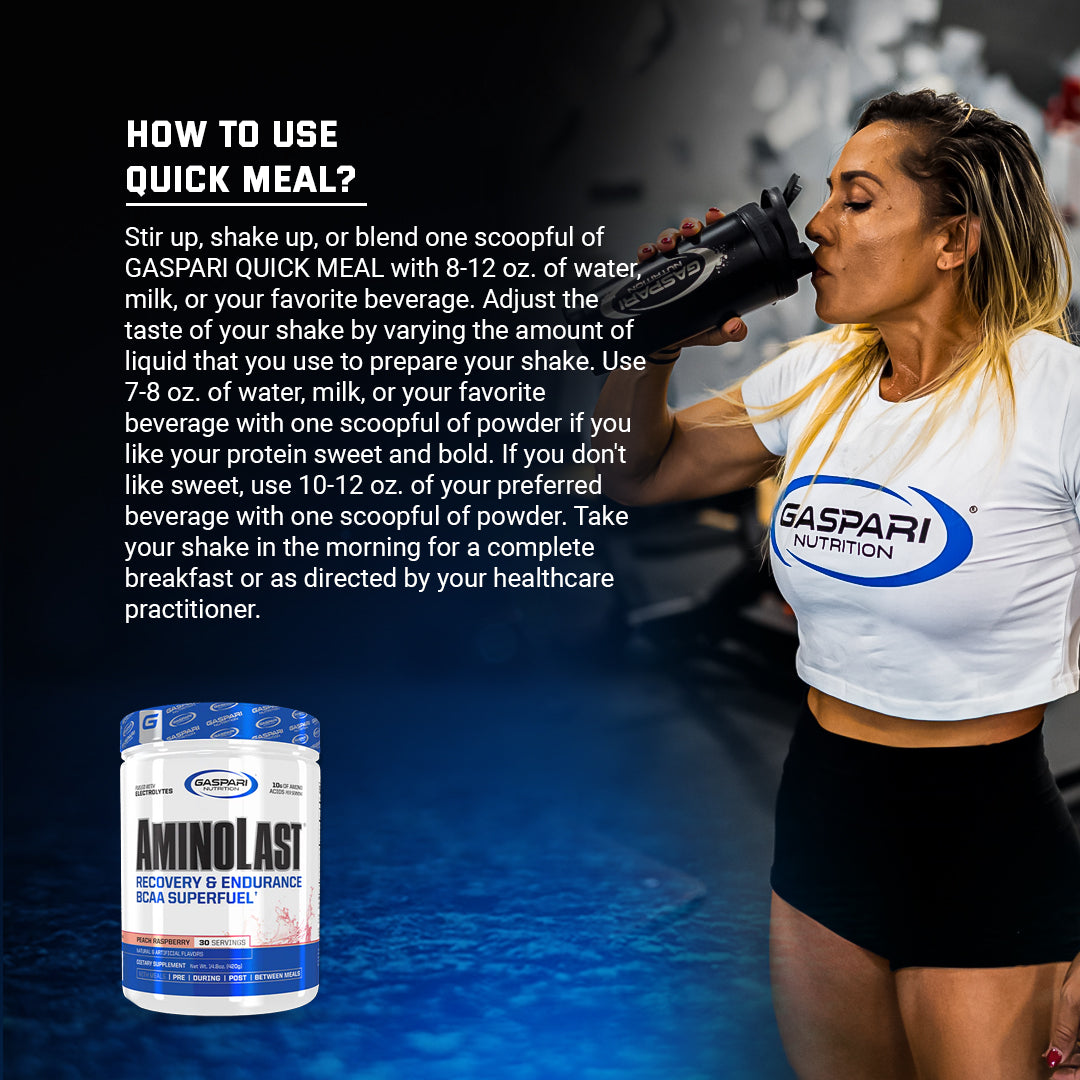
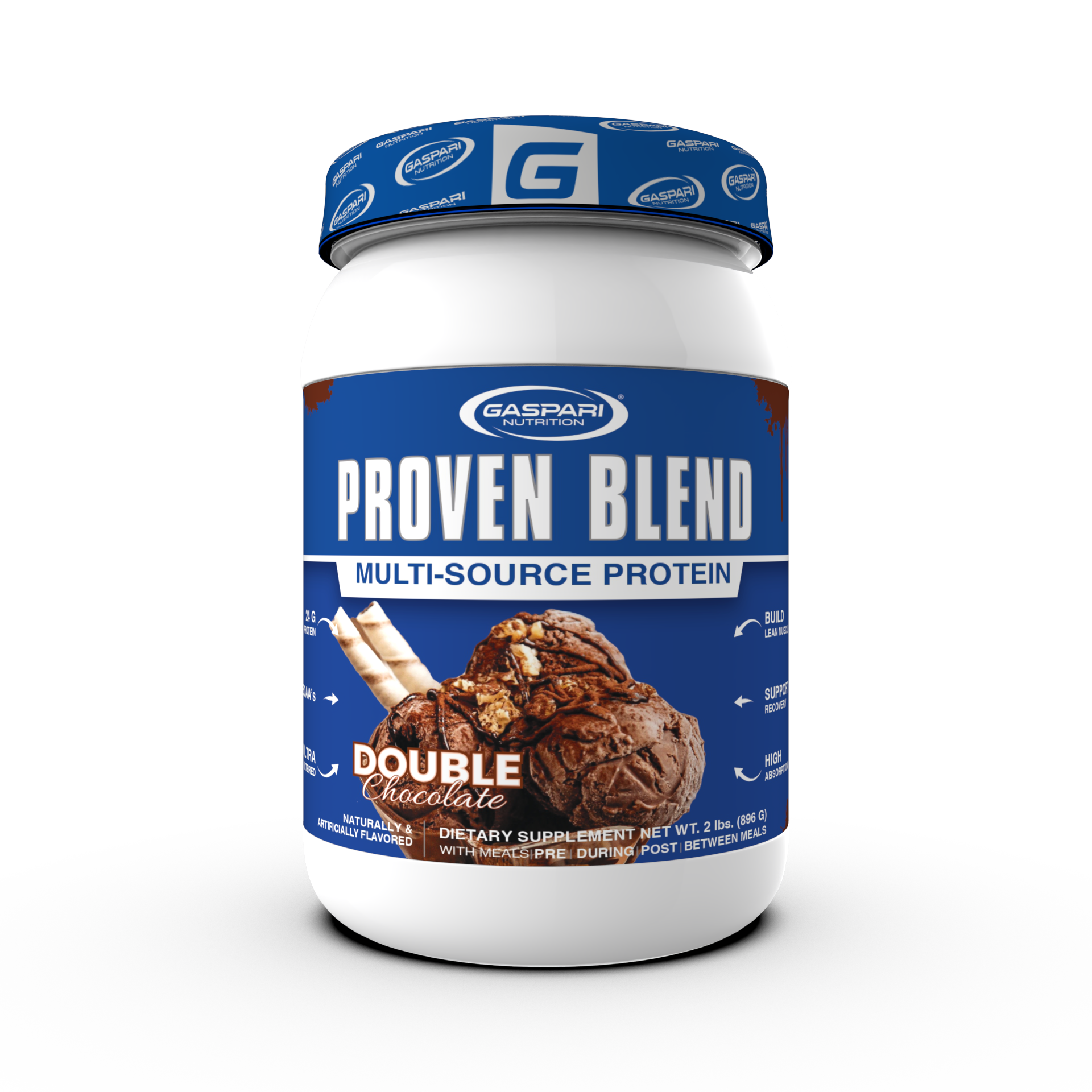












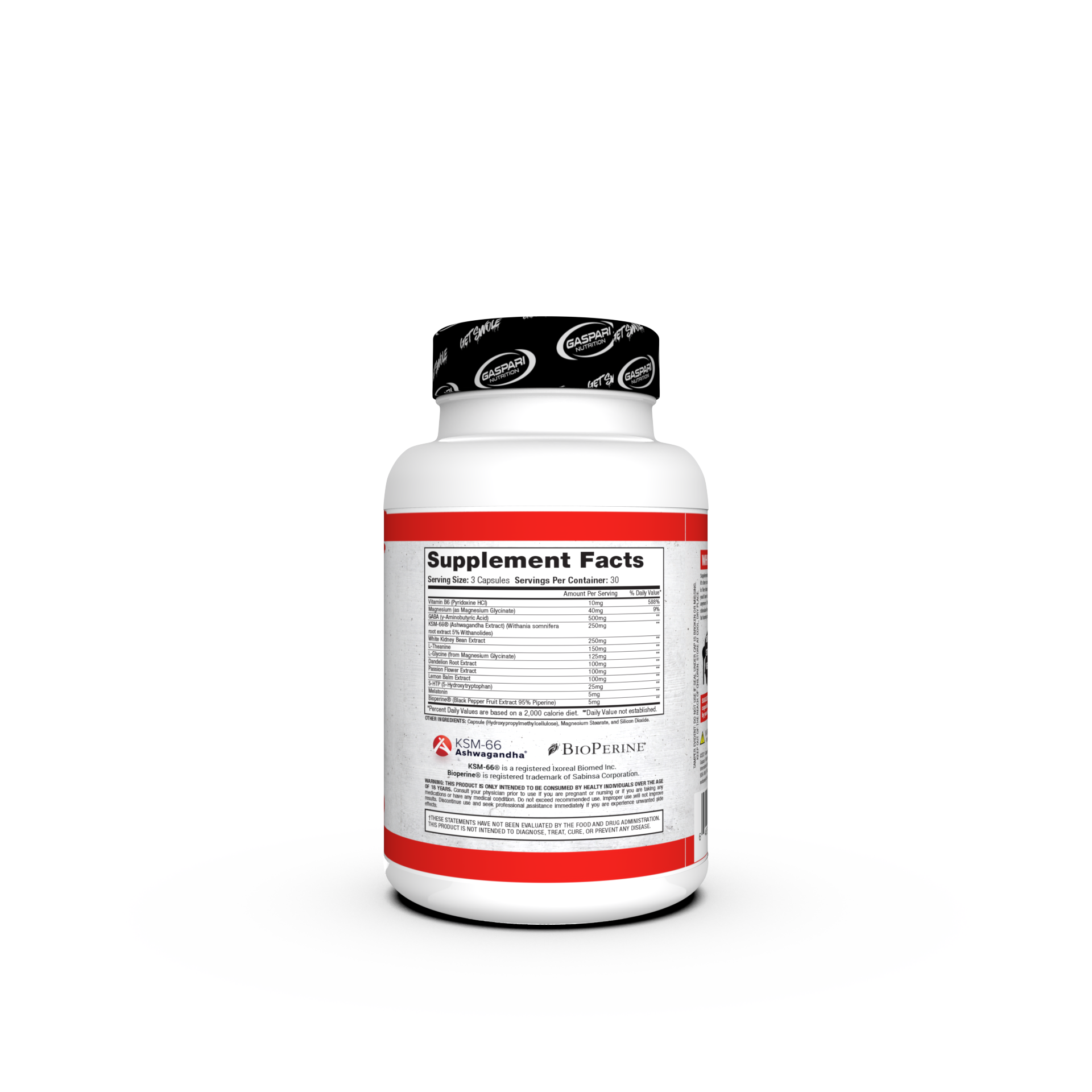


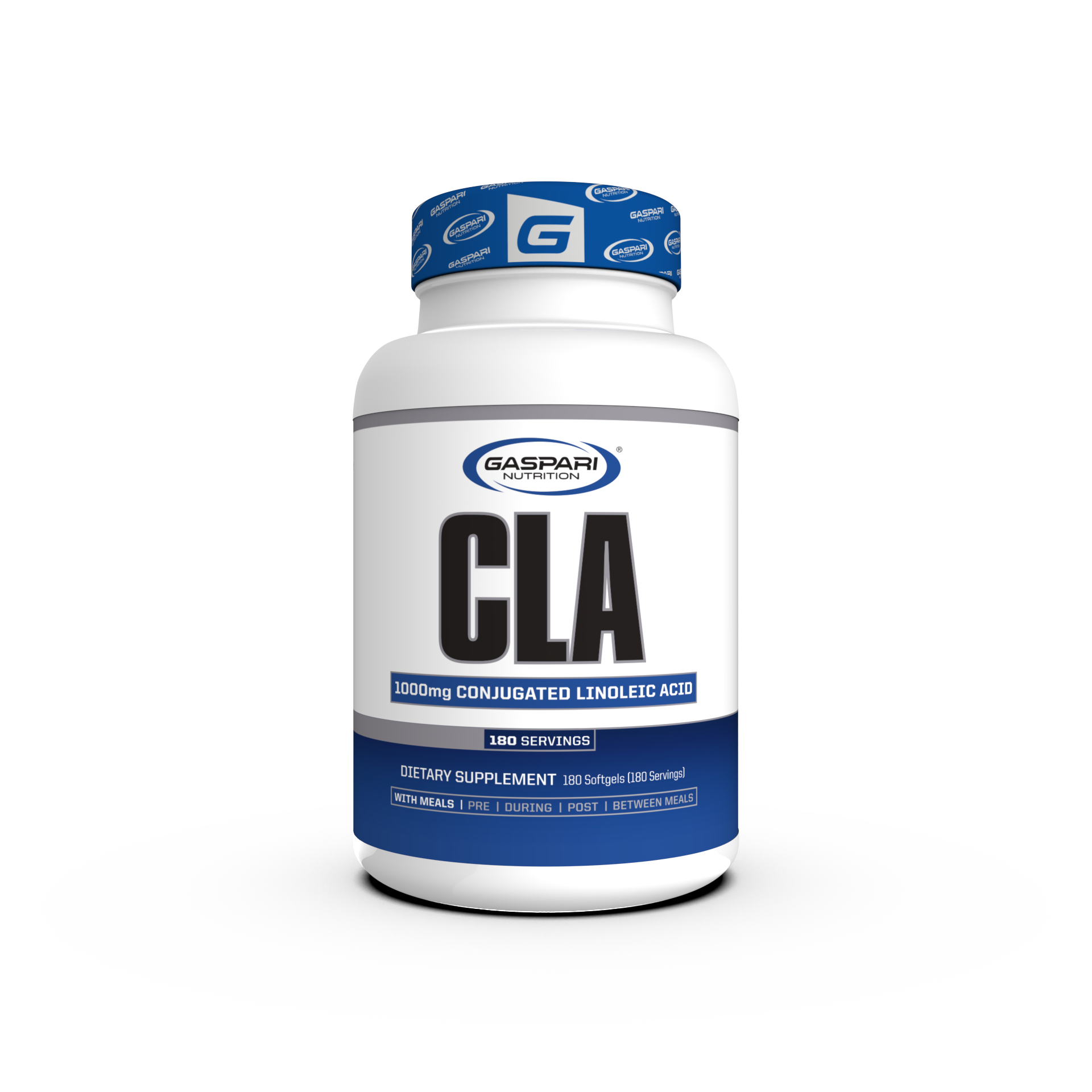







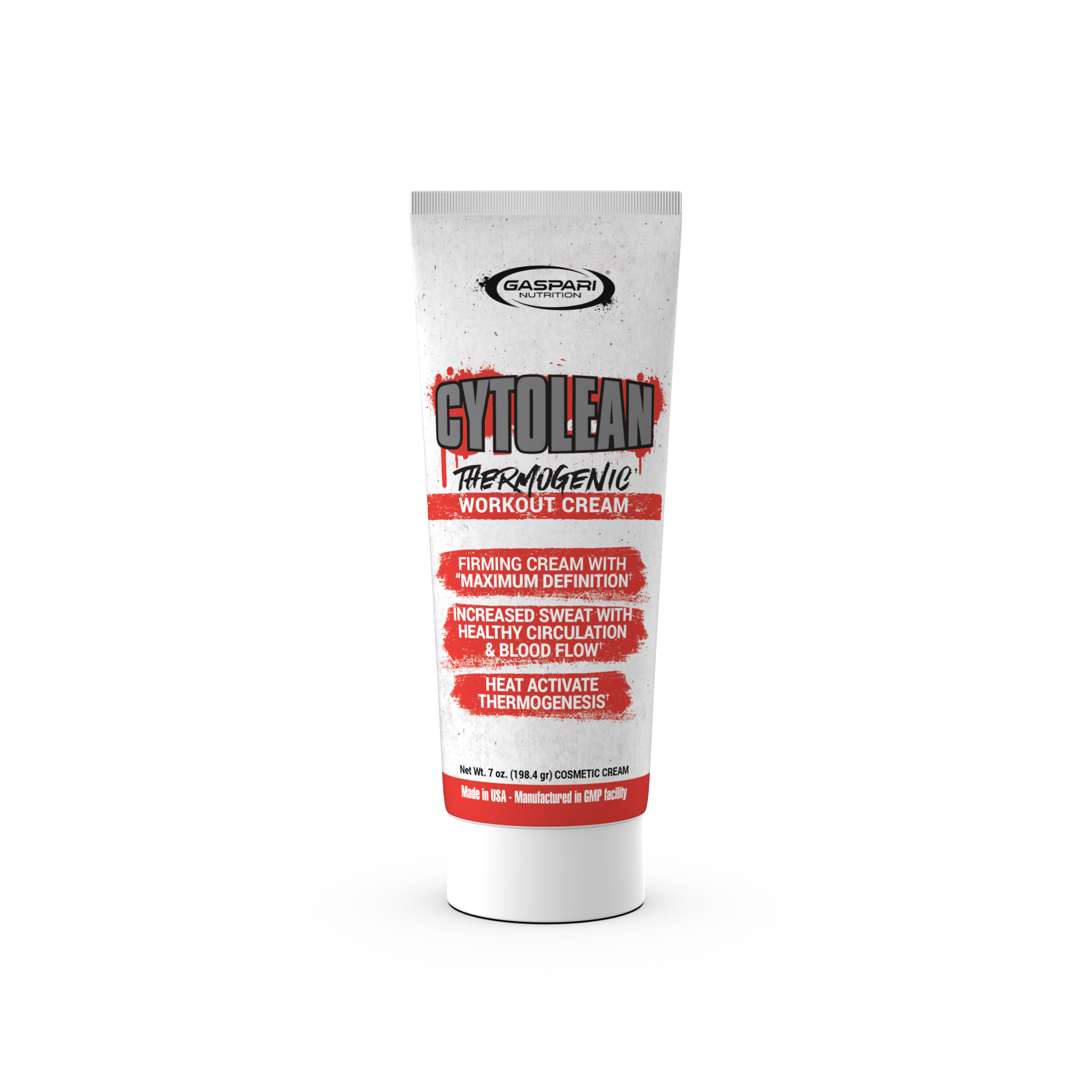








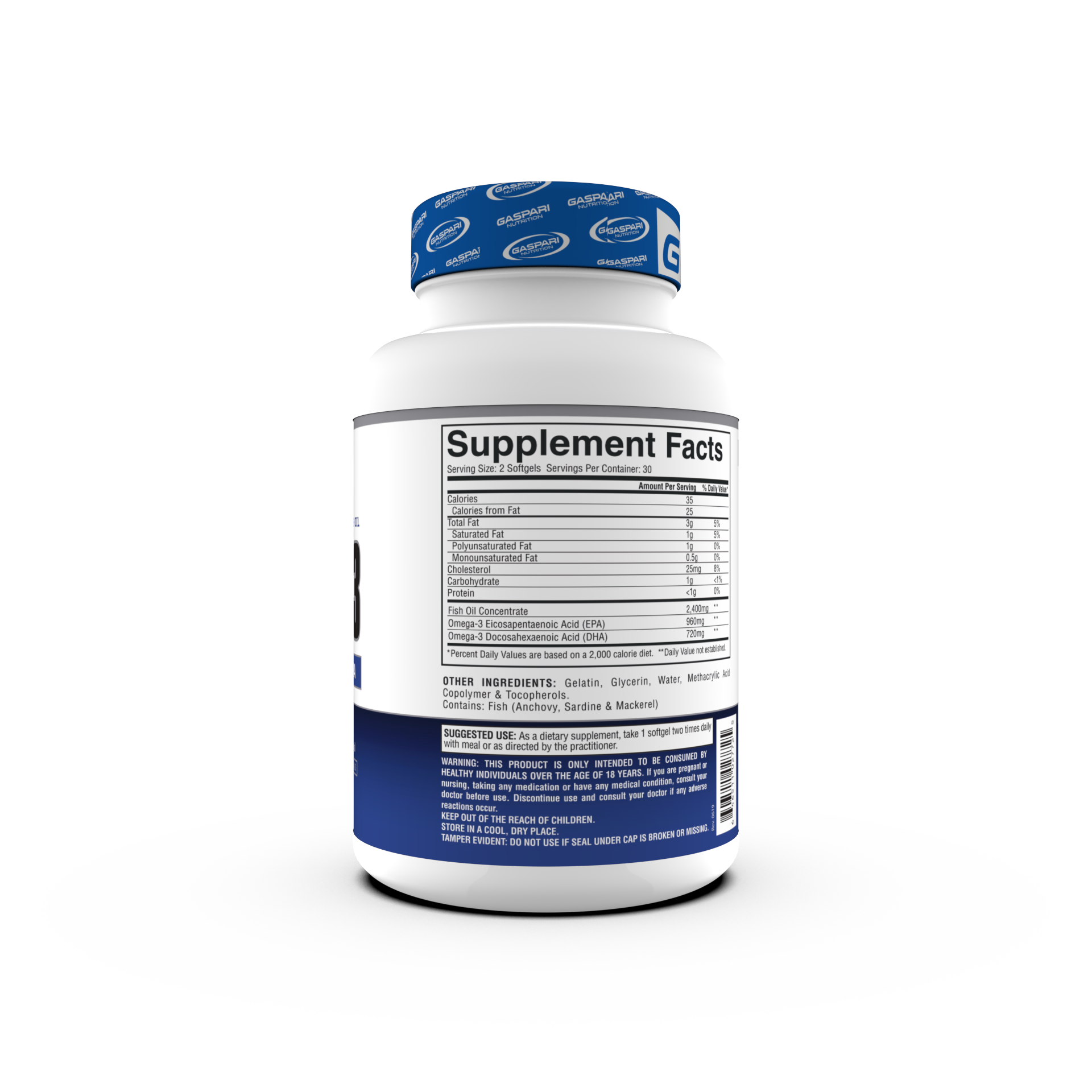


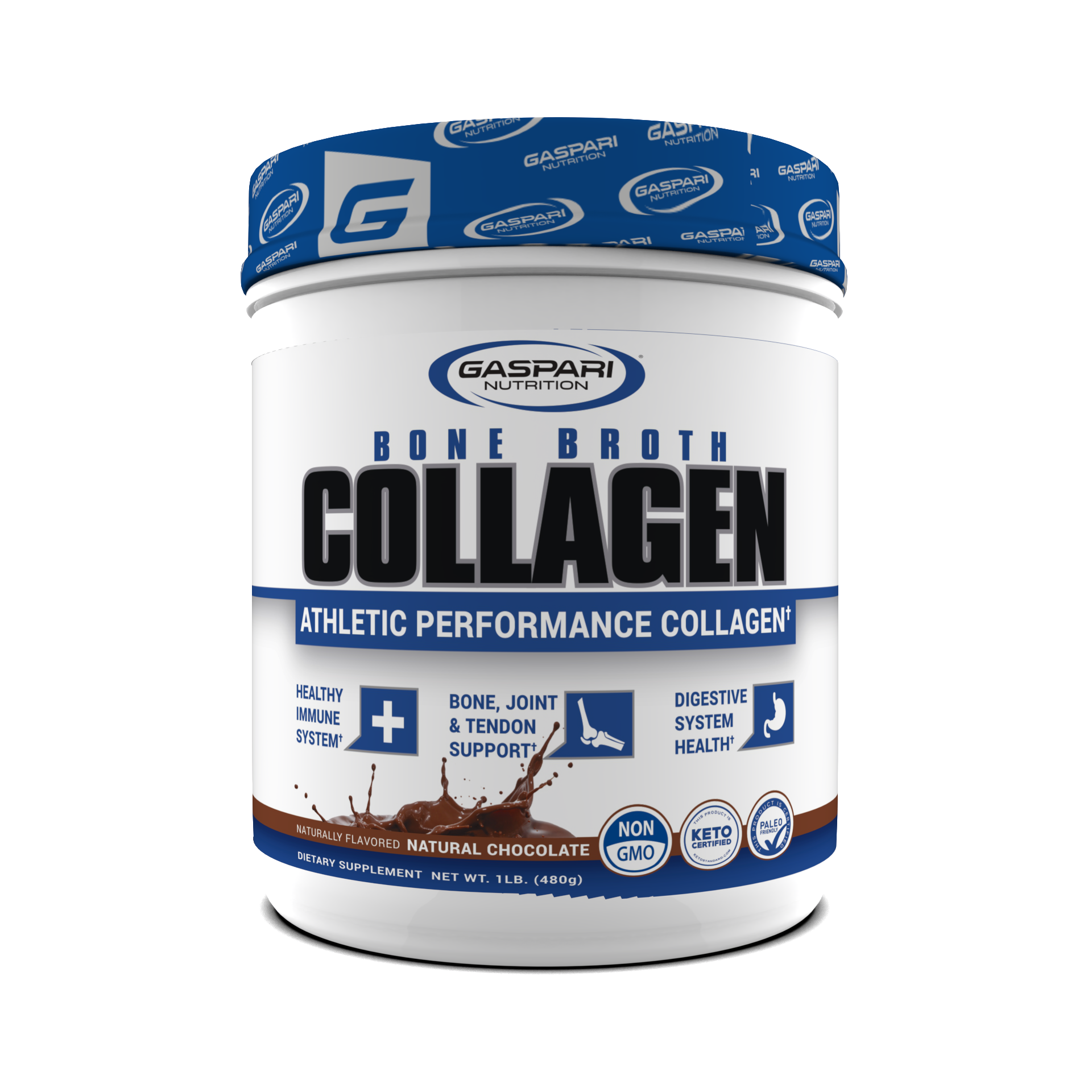









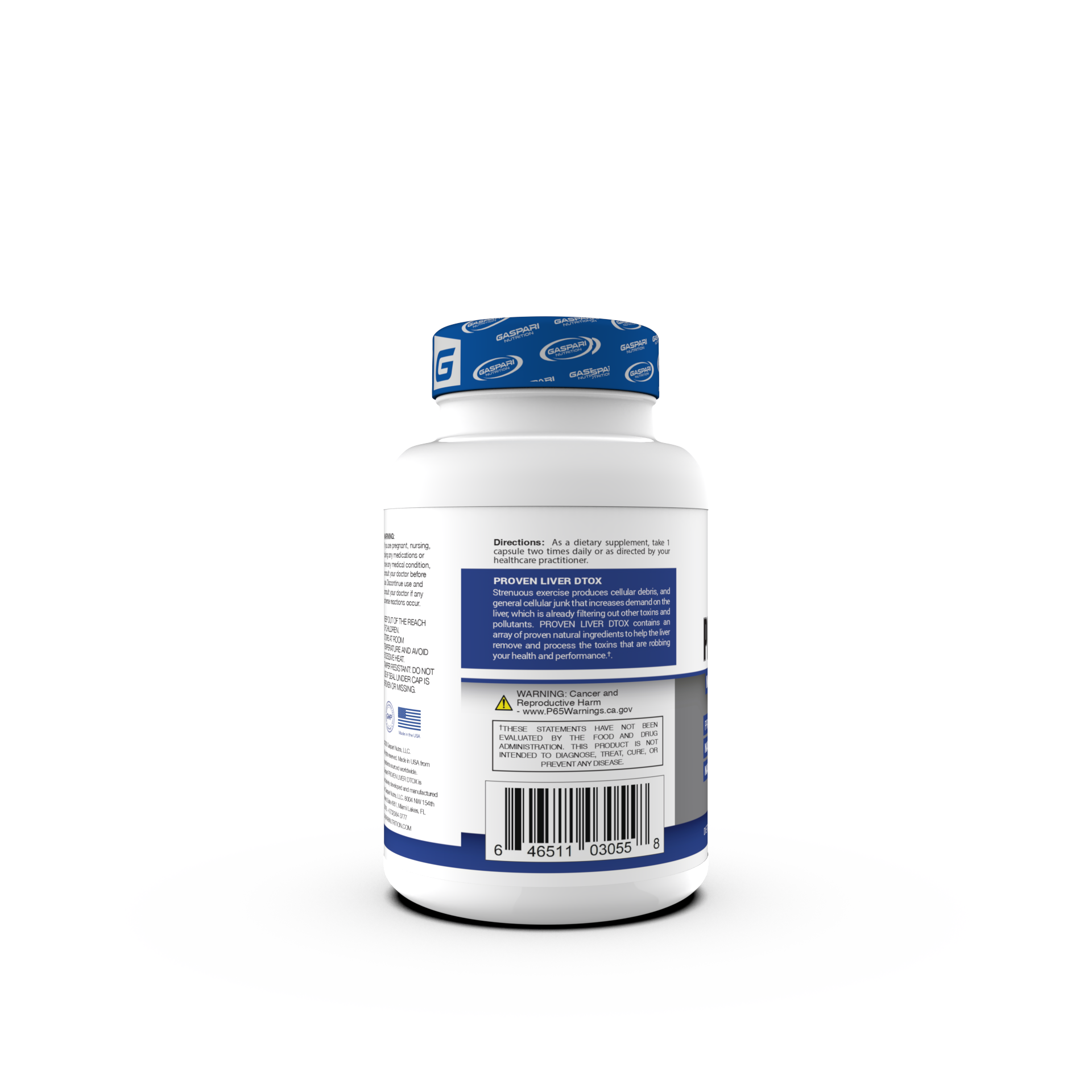

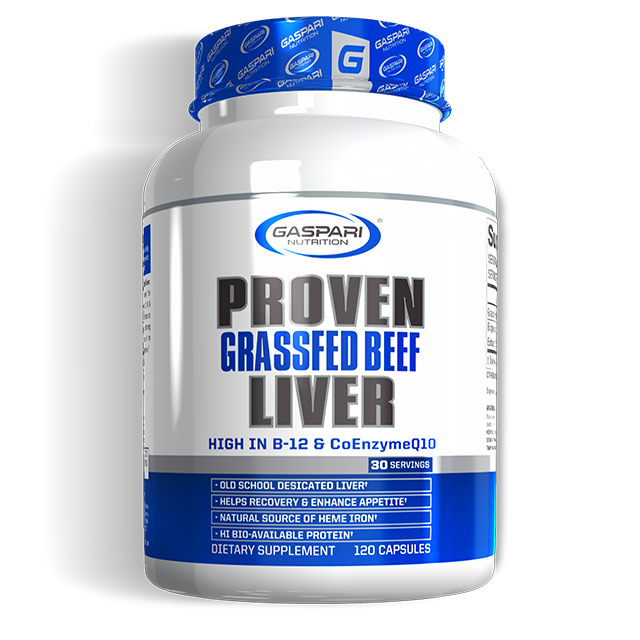





Share:
Glute Bridges vs Hip Thrusts: A Comparative Analysis
Optimizing Your Lat Pulldown Grip: Techniques and Variations